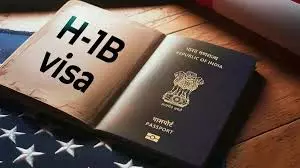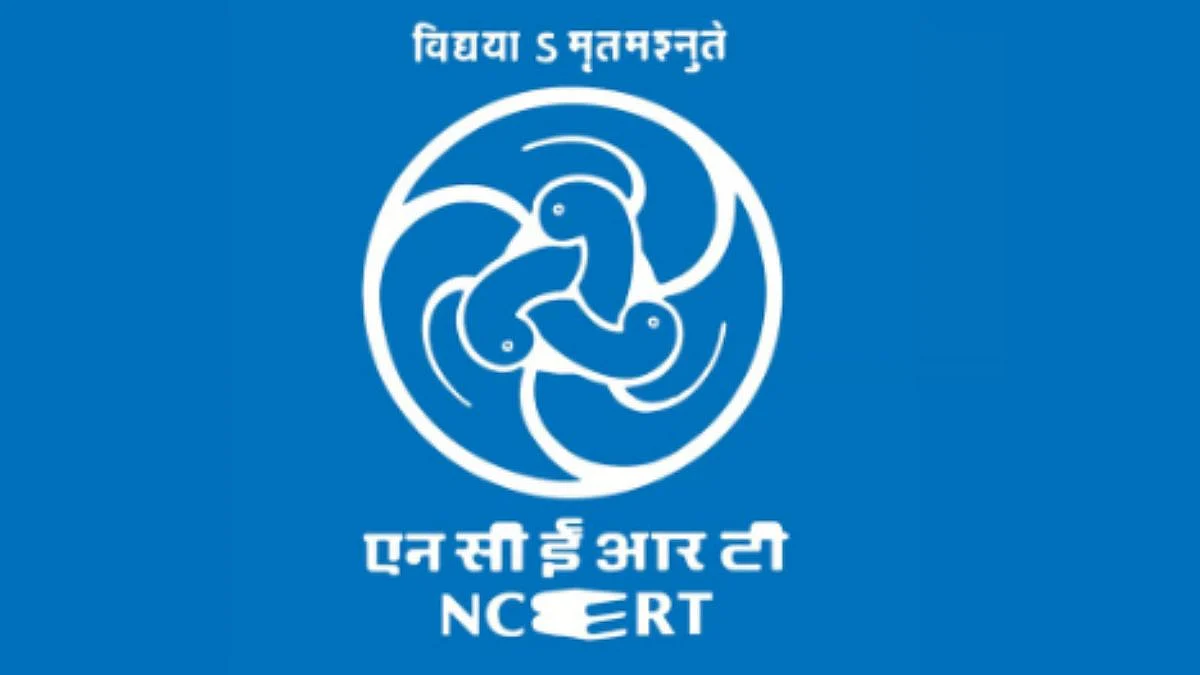By Patralekha Chatterjee
Copyright deccanchronicle

The United States is tightening skilled migration. Europe remains selective. Australia and Canada are more open, but still enforce strict point-based systems. Racism and xenophobia are rising, making integration harder — even for highly skilled professionals. In this environment, relying on outbound migration is risky — and increasingly unrealistic.What can India do? India must change the narrative. Success should not be measured by how many Indians settle abroad or how many global CEOs are of Indian origin, but by how many choose to stay — or return — because the opportunities at home are just as good. This requires not just policy reform, but cultural change. In a world where borders are tightening and biases are hardening, India must move from reactive migration to a proactive talent strategy. Being skilled is no longer enough. The question is: can India build a system where global careers are a choice — not a necessity? China offers a few lessons. In the global race for talent, timing is everything. Just as the Trump administration slaps a $100,000 fee on new H-1B visa applicants — effectively shutting out thousands of Indian STEM professionals — China opens its doors. The K-visa, operational from October 1, 2025, offers five-year stays, no sponsor requirement and generous support. It is a pivot point. The H-1B fee is unprecedented. No other major economy imposes anything comparable for a skilled work visa. As Y. Tony Yang, endowed professor and associate dean at George Washington University, wrote in Asia Times: “The $100,000 fee — unprecedented globally and roughly 25-30 times higher than comparable visa costs in Canada or the UK — effectively creates a two-tiered system where only the largest corporations can afford international talent while startups and mid-sized companies are priced out. This concentrates global hiring power among tech giants, while paradoxically harming the very innovation ecosystem that made America attractive to Asian entrepreneurs and engineers in the first place.” China’s K-visa specifically targets young foreign science and technology professionals, offering streamlined entry, flexible work arrangements, and extensive government support. “China’s broader talent recruitment apparatus already includes signing bonuses ranging from $420,000 to $700,000, housing subsidies, spousal employment guarantees and pathways to permanent residency. While America erects financial barriers, China eliminates them — creating a talent arbitrage that Beijing did not engineer but is expertly exploiting,” Yang argued in his essay. President Trump’s new policy risks shifting global talent flows and benefiting China’s innovation race. It may redirect Asian STEM talent to China, where investments in research and development are surging. Will Mr Trump’s $100,000 H-1B fee ultimately be remembered as one of the most effective policies China never had to implement, as Yang posits? The jury is out. Meanwhile, with over 70% of H-1B visas going to Indian nationals, the steep fee sends a clear message: leaving India may no longer mean arriving in America. India does not need to copy China wholesale. China’s model is deeply state-driven and often opaque. India has a different political system. But it can still learn from China’s strategic clarity and long-term vision, which recognises that in today’s innovation-driven economy, top talent is strategic currency. Nations compete not just on infrastructure or capital, but on who can attract and retain the brightest minds. China is not courting foreign experts out of affection but out of ambition: elite talent amplifies national leverage. One well-known example is China’s Thousand Talents Plan, launched in 2008, to recruit high-calibre Chinese researchers and scientists who had left China to return and contribute to its scientific and technological advancement. A BBC report in 2020 said that since 2008, more than 7,000 researchers and scientists based outside China have participated in the plan, many of whom are of Chinese descent. The US frames this as China “repeating a notorious tactic in its development playbook: intellectual property theft”. Scholars in the US continue to focus on the Chinese playbook. “China sees talent as central to its technological advancement; President Xi Jinping has repeatedly called talent ‘the first resource’ in China’s push for ‘independent innovation’. As part of this push, China has formulated a multi-pronged strategy for growing its science and technology talent pool: (1) improving domestic education, (2) attracting overseas Chinese talent, and (3) attracting foreign talent. Each of these three goals has recently seen significant policy reforms and investments,” notes an April 2020 Brookings report by Remco Zwetsloot. India should be paying close attention. There has been plenty of talk about “brain gain” — the idea that global friction will drive the bulk of Indian talent back home. But that is an assumption, as…



